Introduction
As the Philippines seeks sustainable growth; renewable energy sources are relied upon by many homes and businesses. With a future dependent on clean energy and reducing carbon emissions, the government and private sectors are pushing to harness the country’s abundant natural resources, like sun, wind, and water. Valued at USD 1.41 billion as of 2022, the Philippines energy market is poised to carry an anticipated Compound Annual Growth Rate of 1.20% through 2028.
In this blog, we dive into the trends and innovations that are driving this shift while creating a dynamic investment landscape in the Philippines.
Implementing the Republic Act, No. 9513
Republic Act 9513, commonly known as the Renewable Energy Act of 2008, serves as an essential legal framework for the development, transmission, and utilization of renewable energy in the Philippines.
On November 15th, 2022, the Philippines opened the doors to international investment into renewable energy projects with hopes that this international commitment to their transition will hasten their move towards cleaner sources of power.
Since then, the country has rapidly ramped up its energy ambitions, currently boasting 4.3 GW of hydropower, 896 MW of solar, and 427 MW of wind. By 2030, they plan to have achieved 35% green power, while by 2040, this goal should reach 50% with geothermal increasing by 75%, hydro expanding by 160%, wind reaching 2,345 MW, biomass adding 277MW, and reaching $120 billion investment target by 2040 while making way for global investors who wish to join this green revolution.
The Rising Importance of Renewable Energy for the Philippines
As climate change accelerates and extreme weather events become more frequent, the Philippines is one of the most at-risk countries. The global drive toward cleaner energy sources is no longer optional; it is essential for the Philippines. With fossil fuel prices fluctuating and the country’s reliance on imports for traditional energy sources, renewable energy like solar panels is boosting disaster resilience in the Philippines and providing a pathway to energy independence.
Renewable energy offers several environmental and economic benefits that extend beyond power generation. By reducing pollution, renewables contribute to cleaner air and water, creating a healthier environment for all. On the economic side, renewables create jobs and support local industries, helping to build a more sustainable economy.
Benefits of Renewables for the Philippines:
- Reduced dependency on fossil fuel imports
- Environmental preservation and reduction in greenhouse gas emissions
- Job creation and local economic development
- Improved energy security, especially during natural disasters
Types of Renewable Energy in the Philippines
With its prime position along the Pacific Ring of Fire and natural exposure to trade winds, the Philippines holds a strategic advantage for tapping into renewable energy sources.
1. Solar Power: The Philippines’ Most Promising Renewable Resource
Blessed with a tropical climate, solar energy is one of the most abundant resources in the country. As technology improves and the cost of solar panels and their installations continues to decrease, solar power is becoming increasingly attractive for urban centres, rural areas, and commercial investments alike. In fact, solar energy has seen some of the fastest growth among renewable sectors in the Philippines.
Key Drivers for Solar Energy Growth:
- Affordability of Solar Technology: In recent years, solar panels and associated equipment have become more affordable, making solar a practical option for households, businesses, and large-scale projects like solar farms.
- Grid and Off-Grid Applications: The flexibility of solar power means it can be used in both grid-connected systems and off-grid areas, helping remote communities gain reliable access to electricity.
- Incentives for Solar Investments: The Philippine government offers tax exemptions, subsidies, and other incentives to encourage solar development, ensuring that investors see a healthy return on their investments.
Innovations in Solar Energy:
- Bifacial Solar Panels: These panels can capture sunlight from both sides, boosting their efficiency and reducing the cost per unit of electricity generated.
- Solar-Powered Roads and Rooftops: Experimental projects like solar roads and solar rooftops are also underway, which could expand solar energy’s footprint beyond traditional installations.
2. Wind Energy: New Horizons in Offshore and Onshore Projects
While solar power has garnered a lot of attention, wind energy is another promising renewable resource in the Philippines. The country’s coastal geography and seasonal winds make it ideal for both onshore and offshore wind farms. To fulfill its aim of creating 15.3 GW of renewable energy capacity in the grid by 2030, the National Renewable Energy Program plans to expand wind energy capacity by 2,345 MW by 2027.
Offshore Wind Farms
- Strong Winds at Sea: Offshore wind farms benefit from steady, unbroken winds over the sea, allowing for higher energy production than onshore sites.
- Land Conservation: Offshore wind farms reduce the land needed for large-scale installations, making them a good fit for countries like the Philippines with dense populations and limited land.
Technological Innovations in Wind Energy
- Smart Turbines and Predictive Maintenance: Modern wind turbines are equipped with sensors that monitor performance and anticipate maintenance needs. Using AI operators can reduce downtime and improve efficiency.
- Hybrid Wind-Solar Installations: Combining wind and solar technology in a single site is another trend gaining traction, maximizing energy output and enhancing reliability.
3. Hydropower and Geothermal Energy: Reliable Sources with New Potential
Hydropower and geothermal energy have long been recognized as renewable energy sources in the Philippines, thanks to river systems and volcanic terrain which provide ideal conditions for both technologies. While both have historically been major components of its energy mix, they are now evolving into new approaches and technologies with emerging innovations.
Micro-Hydro Systems: Sustainable and Community-Centered
- Small-Scale, Local Impact: Micro-hydro systems are small-scale versions of traditional hydropower plants and are ideal for rural areas. These systems can power entire communities, providing a reliable and environmentally friendly energy source.
- Environmental Benefits: Unlike large dams, micro-hydro systems have a smaller ecological footprint, preserving rivers and local ecosystems.
Enhanced Geothermal Systems (EGS): Expanding Geothermal’s Reach
- Lower Temperature Geothermal: EGS technology allows geothermal energy to be generated from lower temperatures, opening up opportunities for areas previously unsuitable for traditional geothermal plants.
- Investment Opportunities: With these advancements, geothermal energy is becoming accessible to more regions, creating new investment possibilities.
4. Energy Storage and Smart Grids: Solving Intermittency Challenges
One of the major obstacles that bars the path of renewable energy is the unavailability of a few energy sources at night or disruptions in the geographical location. To combat these challenges, energy storage solutions and smart grid technologies are implemented to overcome these limitations.
Battery Storage Solutions
- Enhanced Grid Stability: Battery storage systems provide backup and stabilize the grid during peak hours or periods of high demand.
- Investment in Large-Scale Storage: As technology advances, the cost of battery storage continues to drop, making it easier to purchase. In fact, a few areas in the Philippines are already ahead in their mission of piloting large-scale battery storage to improve energy reliability.
Smart Grid Innovations
- Efficient Energy Distribution: Smart grids use digital tools to monitor and control the flow of energy while allowing for a more efficient distribution of renewable usage.
- Demand Response Capabilities: Smart grids can adapt dynamically to fluctuating electricity demand, ensuring energy reaches where and when it is most needed. This is especially helpful in island communities where energy consumption fluctuates significantly.
Want to learn more about renewable and non-renewable resources and their impact on sustainability? Check out our blog, 10 Examples of Renewable and Non-Renewable Resources
Government Initiatives and Policies Supporting Renewable Investments
Philippine government initiatives to foster renewable energy adoption include policies such as the Renewable Energy Act and incentives such as Green Energy Auction Program (GEAP), which create an inviting environment for investors and developers.
Renewable Portfolio Standards (RPS)
- Mandated Renewable Use: Under the RPS, utilities are required to source some of their energy from renewable resources, thus creating a steady demand for clean energy sources.
- Increasing Targets: As RPS targets increase over time, renewable energy markets expand – opening up long-term investment potential.
Green Energy Option Program (GEOP)
- Consumer Choice in Energy: The GEOP allows consumers to make choices between renewable sources for their electricity needs, driving demand for renewables.
- Investment Growth: By giving consumers more choices, the GEOP has fostered increased private investments in renewables as more eco-minded customers demand renewable solutions.
Investment Opportunities in the Philippine Renewable Sector
Renewable energy represents an exciting growth opportunity in the Philippines, and companies renowned for their expertise and innovation are leading in its transformation.
Capital and cutting-edge technology are being brought in from these investors as part of an overarching commitment to sustainability that aligns perfectly with the ambitious renewable goals set forth by the Philippines’ ambitious renewable energy goals while helping to build an archipelago with a wide, resilient, cost-effective energy landscape.
Public-Private Partnerships (PPPs)
- Shared Risk and Expertise: PPPs allow private investors to collaborate with the government, benefiting from shared knowledge, reduced risks, and financial support for large-scale projects.
- Scalable Projects: These partnerships are particularly beneficial for expansive projects like offshore wind farms and regional solar parks, which require substantial upfront investment.
Green Bonds and Impact Financing
- Sustainable Investment Vehicles: Green bonds are financing instruments for renewable energy and other sustainable projects. They appeal to investors who are looking for environmentally friendly options that align with global ESG (Environmental, Social, and Governance) standards.
- Increased Access to Capital: The Philippine government and private firms can attract funds specifically for green projects by issuing green bonds, further expanding the renewable energy sector.
Want to learn more about the investment landscape in Philippine renewable energy? Check out our blog, Investing in Philippines’ Renewable Energy: Opportunities and Challenges
Conclusion
Every year, the Philippines is escalating towards a future powered by renewables. With solar and wind energy projects in the making, hydro and geothermal technologies evolving, and supportive government policies paving the way for sustainable growth.
Even with the presence of challenges such as financing, infrastructure needs, and intermittency issues, the technological advancements, policy support, and investor interest suggest a bright future for renewables in the Philippines. In embracing this transformation into a cleaner world, the Philippines is supported by manufacturers who carry the same vision as their country and are determined to participate in their own way to contribute to this era of a green revolution.
At Nativ Techniks we aren’t just building a cleaner, more sustainable energy sector, but at the same time securing the Fillipinos’ future against the face of both local and global challenges. Contact us today to purchase the best quality solar panels and walk along with us with the aim of creating a renewable tomorrow.
To call us, dial +639176310032 or write to us at wecare@nativtechniks.com
Read our other blogs
Why Philippines Should Be Your Top Choice For Renewable Energy Investment in 2024


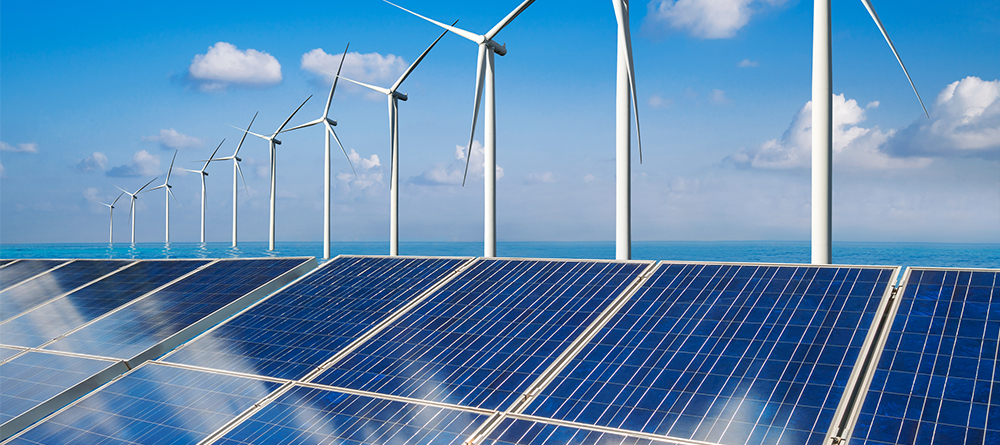
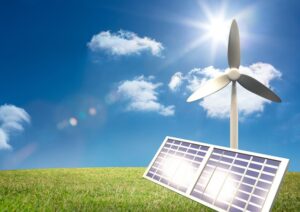
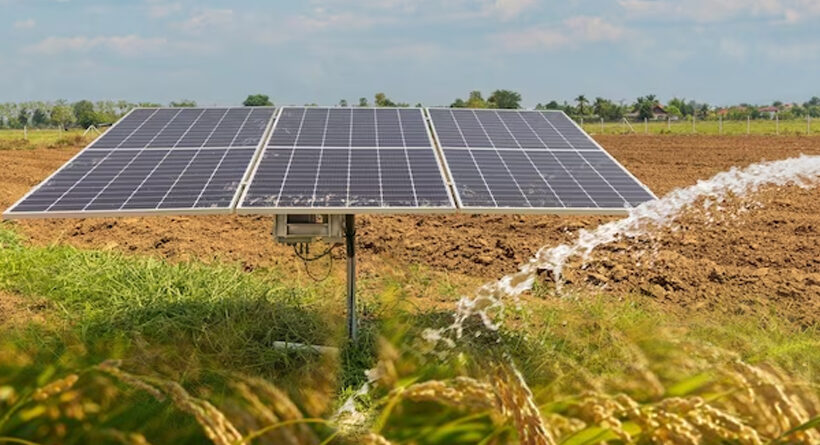

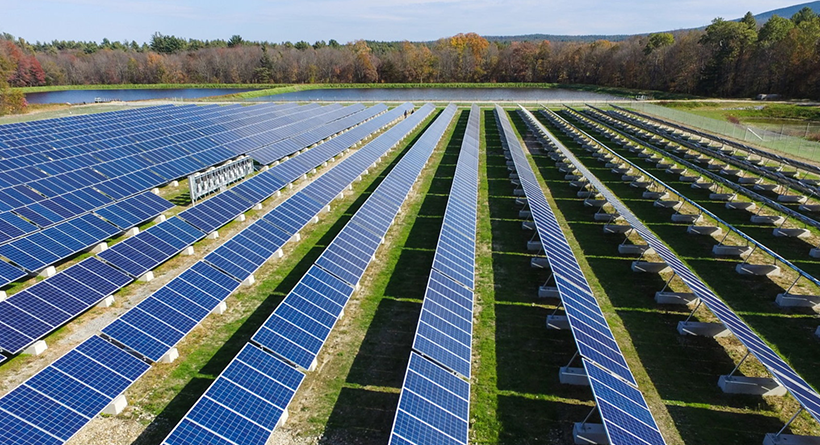


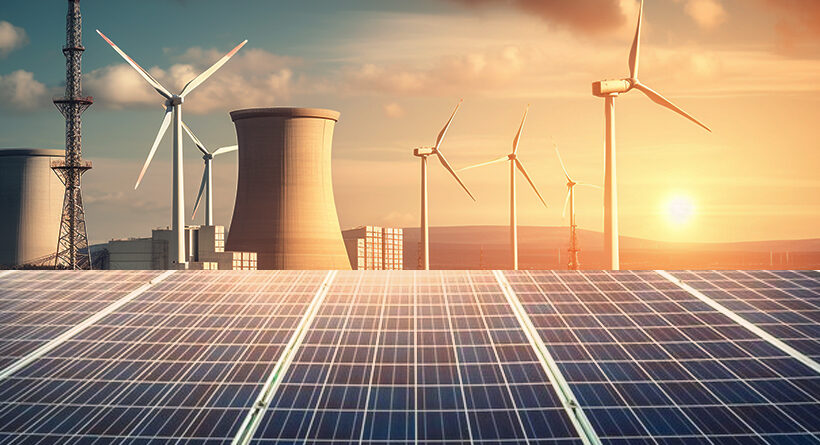
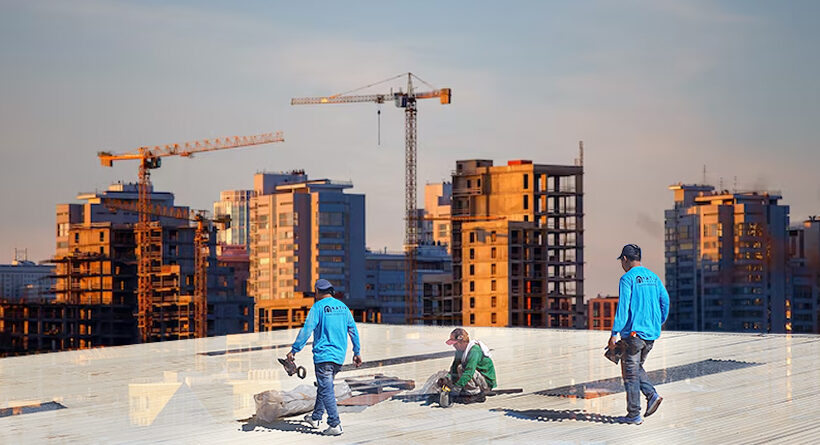

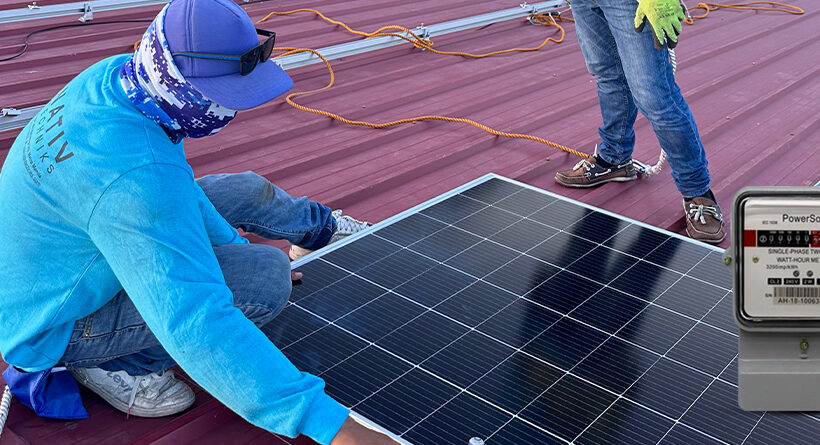
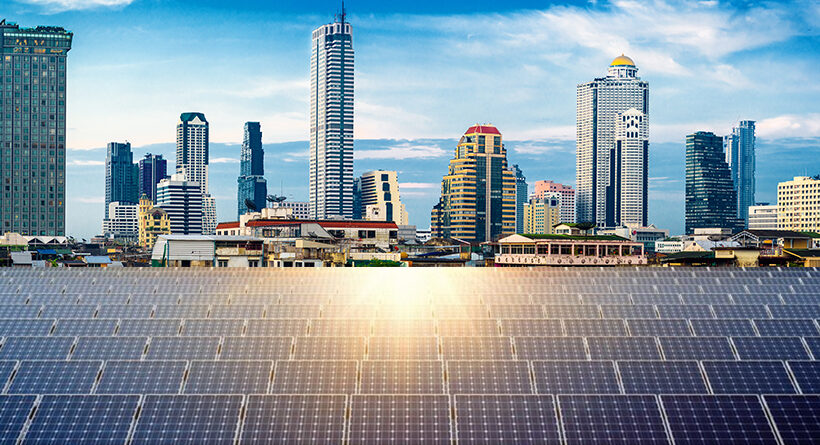
Leave a Reply